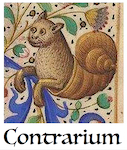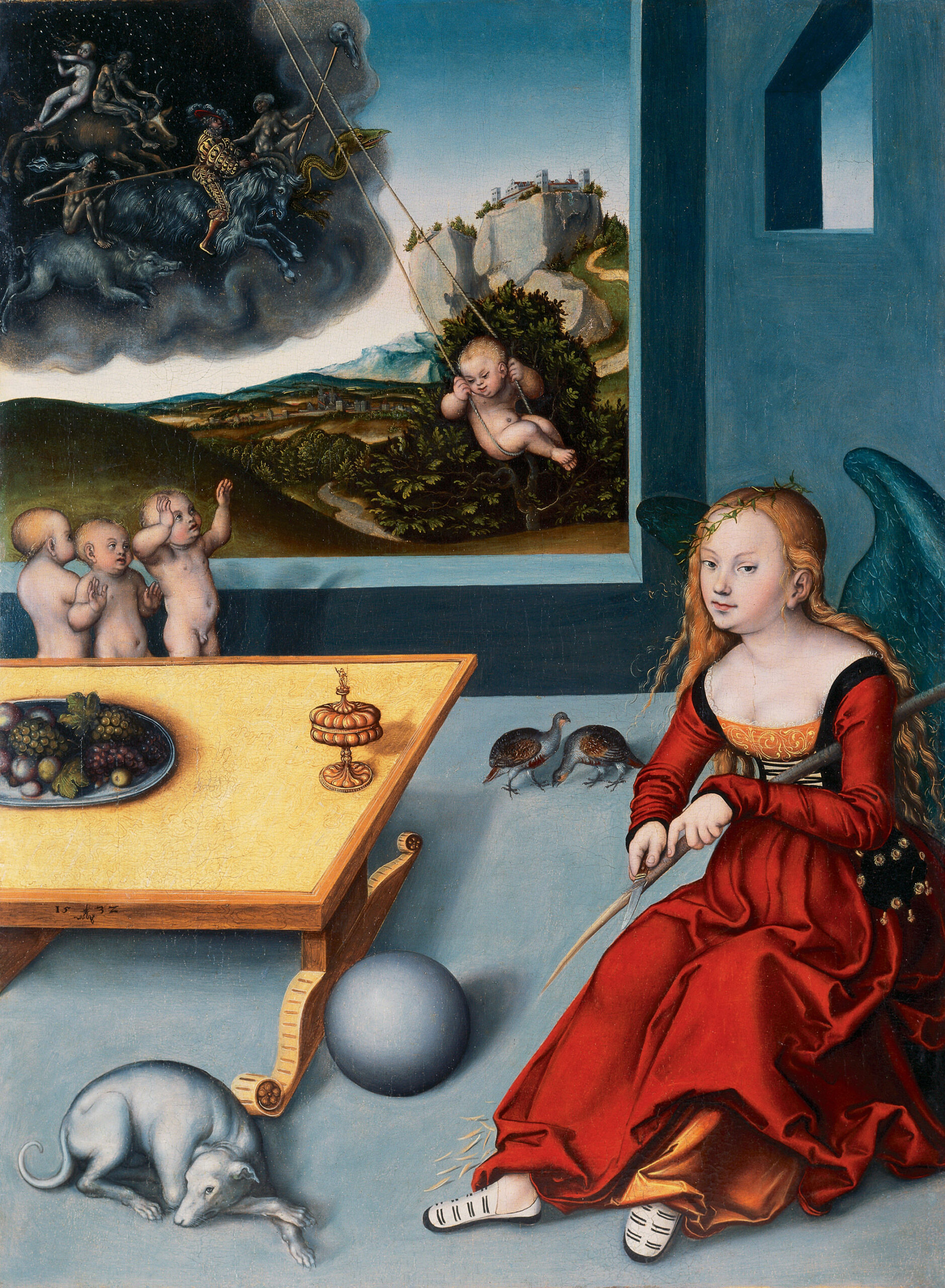The other day I started playing with one of those new “AI art” tools. Bing’s one is the most popular, I suppose, but it’s also the most heavily censored. So I tried to play a bit around the politically correct filters. It was no surprise that all kinds of ethnic or religious descriptions were forbidden. “Jewish”, “Arab”, “Black”, “White”, whatever. Not possible.
What was stranger was that the words “vaccine” or “injection” were also blocked. I suppose it’s because Bill Gates owns Bing? By the way, all kind of names of public personalities were forbidden, and some political themes, too. But I managed to create something with the prompt “homosexual screaming in front of a church,” and the resulting image was exactly that. Also “pink-haired feminist protesting for my body, my choice” was allowed. More surprisingly, it accepted the prompt “synagogue of Satan”, but the resulting images were nothing to write home about — some kind of cyberpunk building with domes and chimneys.
Of course, no prompts requesting nudity or sex were allowed, and even kisses were frowned upon by the system. I did manage to get a kiss between two cartoon characters, but that was it.
(I would publish the obtained images here so you could have a better idea, but I ended up thinking better of it — see below.)
Another system, however, called Stable Diffusion, was not heavily censored. In fact, it was almost not censored at all. It accepted all kinds of racial slurs and sexual descriptions and produced really incredible — or appalling — images. It couldn’t really produce explicit pornography, but… pretty close to it. Lots of nudity, even if sometimes with weird anatomical changes. It seems that AI still hasn’t got the knack of the human body, or perhaps it just hasn’t been fed as much pornography as the average Western citizen.
Still, it was a bit scary to see how far it has gone.
As I said, I ended up not publishing the images because I decided that I don’t want to promote AI art, if I can choose, and stick to traditional art. In the end, I think “AI” is a misnomer. It’s more about Big Data. It’s not a robot creating images out of his own mind or imagination, which in fact it doesn’t have, but just a program that is fed all kinds of images, millions of them, then associating each image to a word or prompt, and then being able to recreate them and combine them in different ways. But the original work is still somebody else’s. In the end, it really amounts to stealing the artwork of millions of creators and combining them in different ways.
This becomes clear if the prompt is to create a cartoon. Even if you don’t specify a particular artist, usually the resulting image will be clearly copied from some cartoonist or other, in a still recognizable shape. Otherwise, it’s just a generic picture. It doesn’t have an “original personal style”. So, they are basically stealing all creative work and repurposing it in other ways, this is what it is. I don’t know how copyright will work in such conditions.
It’s like they stealing all our faces and personal data from social media — even our DNA information, from sites such 23andme — and using it to feed this giant Big Data juggernaut. Then they call it “AI” as if it was just some robot or software creating it all from scratch. But it isn’t. There’s people behind it, stealing all our data and creating this huge Big Data automated system — which is also not fully automated, as it actually needs a lot of humans to program the algorithms and even to feed the machine its “learning” data. I once worked briefly in some sort of small-scale AI project, and they still needed people to manually type in all the words and prompts requested by the machine.
Even if many images are haunting, sometimes even beautiful, there is usually something slightly off about them. Sometimes it is just a little detail, like a moon that is not quite right, or an out of focus face, or some other weird detail that is not where it should be. It make even create by random chance human creatures with three feet or four hands seemingly out of Todd Browning’s “Freaks”.
The machine also has trouble recognizing written text, which it seems to recognize visually but not alphabetically, so it is common to have gibberish text whenever signs or any written text appear. It is a bit like in dreams —at least it happens to me that sometimes I dream I am reading a book or some other written text but the letters are out of focus or mixed together. The same here.
I cannot help but start to feel a bit nostalgic for the pre-digital age. Now, I basically grew up with computers, I was even one of the pioneers of the web, so to speak — I started my first website when most people didn’t even know what that was. But more and more I feel nostalgic for analog equipment, which are in many ways more natural and easier to understand.
I suppose, however, that this kind of artificially digitally produced images are here to stay, as well as all kinds of automation.
But why? What is the purpose behind it?
The future of AI
It is interesting to think that the same people who are now developing this new system may be replaced by it. After all, if AI systems can create images or produce a coherent text in English, why couldn’t they be automated to create a simple computer program or algorithm? That is probably easier, and I suppose more natural to a machine.
On the other hand, AI doesn’t really reduce employment as much as it changes it. Perhaps less people will work as journalists or copywriters or designers or programmers, but there will always be a need of people to feed data to the machine, fix it when it’s broken and, well, make coffee and clean stuff. Still, a lot of people will probably become useless.
I remember once that the employees or Yahoo, Microsoft or some other company were forced to train the company’s new diversity hires before being fired. Now it’s the same thing. The programmers are programming a machine that will replace them. Cashiers are working for supermarkets that will get rid of them too, thanks to automated check-out. And so forth and so on.
In the end, I felt that the whole thing was a huge waste of time. After all, it can become addictive. And also, I felt a bit uncomfortable with “AI art” . There is something strange about it. For instance, images of hellish or apocalyptical landscapes seem easier to produce than angelic ones. Even typing gibberish words will give you bizarre images of demons or skulls. I don’t know if it’s because that’s what most people try to create, or because that’s what the system has been fed (as contemporary culture is mostly dark stuff), or if it’s just something in the air. But it’s still a bit uncanny.
Lately I’ve been trying to learn oil painting, and I hope that I can continue learning that in the future. In the end, there is no substitute for personal creativity. Perhaps machines can substitute us in the mass-production of generic images, and perhaps they can even alter our perception of what’s “real” and what isn’t — this will, in fact, be a huge problem in the near future, as we won’t know anymore which images shown in the media are “real”and which are not —but do we, even now? Sure, that was something which, in some ways, was already possible with things like Photoshop or CGI — or simply with actors and studio footage — but now can happen basically with the touch of a button. Soon, AI will be able to produce video too, if it isn’t already. We won’t be able to trust anything that doesn’t happen in front of our own eyes without mediation, and perhaps not even that.
In the following years, if we’re not all blown to Hell, many things can change and will.
But they can’t really get rid of our creative impulse. As long as there are still humans, they will still draw, paint, write poems, and show their artistic work to others, even in a fully automated robotic world. At least, until they implant a chip in our brains and inject us with mRNAs and hook our brains directly to a huge global neural network, but well, that’s another story.

